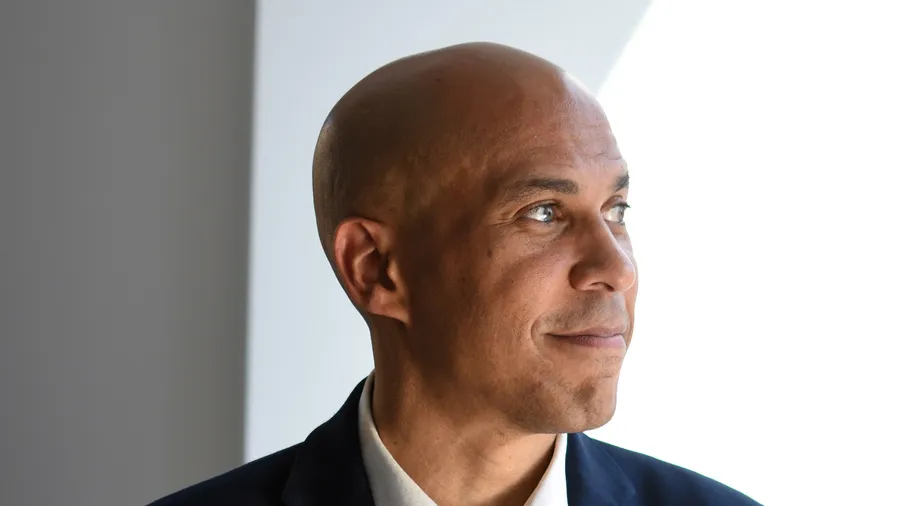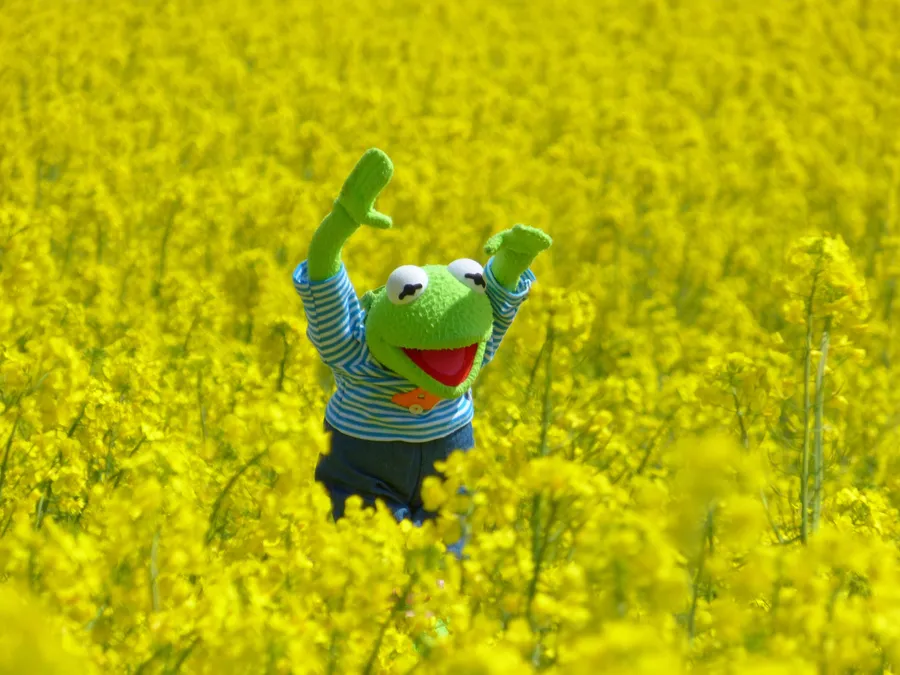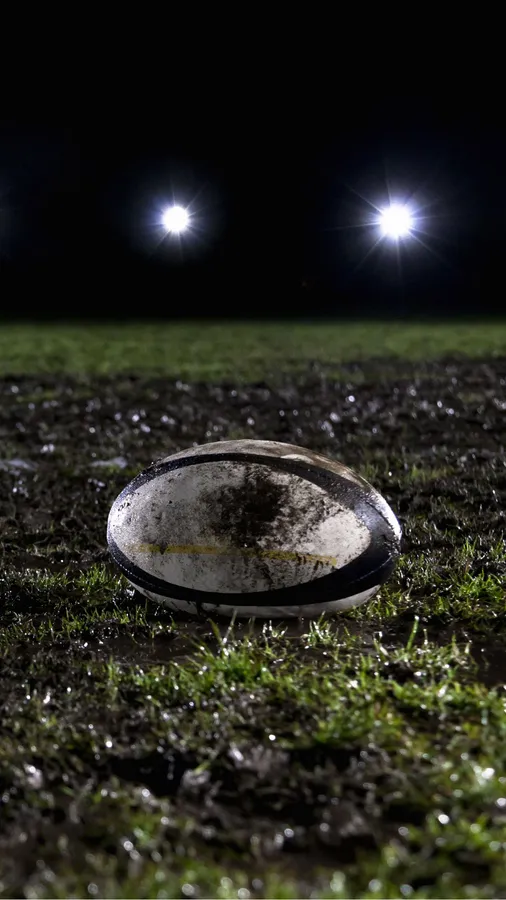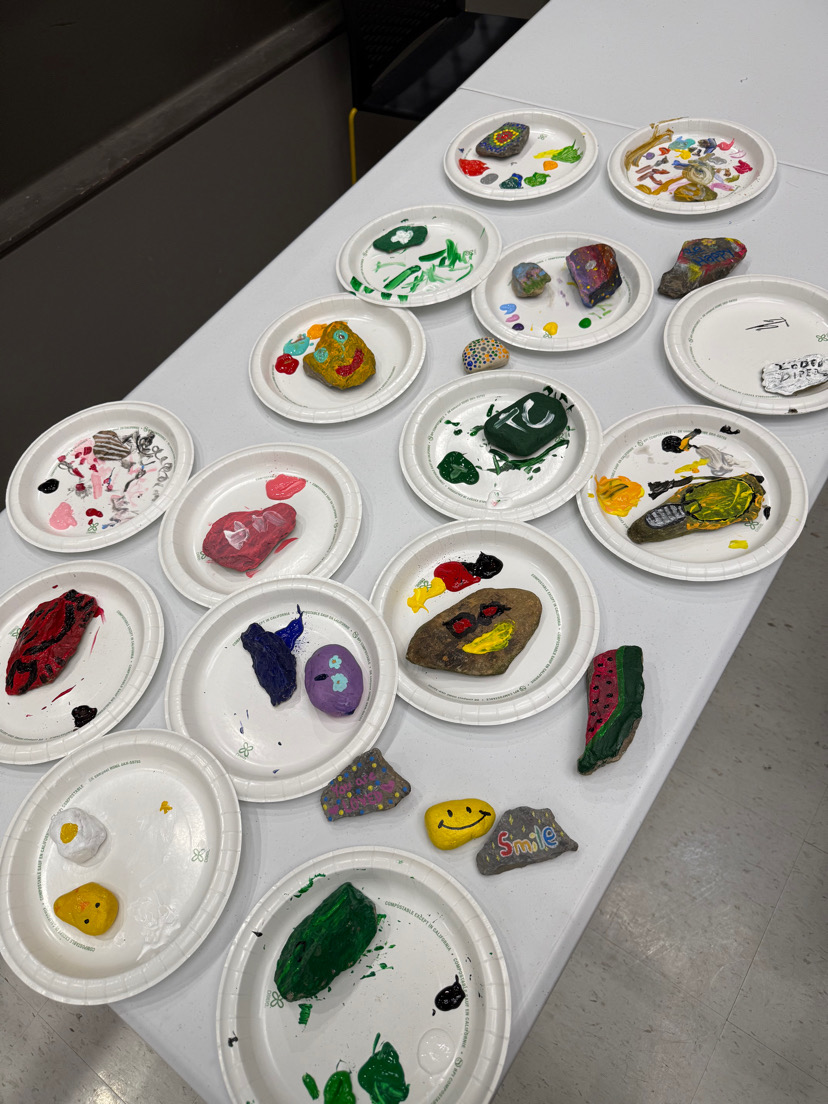
Beginning with Mississippi in 2021, states nationwide have explored redesigning their state flag to remove offensive symbolism, better represent their citizens, or cut complex designs. One state in particular, Minnesota, officially changed its flag in 2024 amidst controversy regarding the old design, but the new pattern also faces scrutiny.
The previous Minnesota flag, adopted in 1983, was criticized as too complicated, illegible, and ugly, but it also depicted a white man plowing a field and a Native American man riding away on horseback.
“It was designed very deliberately to depict white farmers and settlers kind of displacing the Indigenous people,” said State Representative Mike Freiberg in an interview with the National Conference of State Legislatures.
Minnesota served as ground zero for the wave of social justice reform that swept the United States in the wake of the murder of George Floyd in downtown Minneapolis. In this context, two members of the Minnesota House of Representatives, Freiberg included, introduced a bill to redesign the state’s flag in 2022, citing the racist undertones and negationist seal that understated the violence committed against the indigenous population by white settlers.
The bill created the Minnesota State Emblems Redesign Commission, consisting of 13 voting members and four non-voting members who were appointed by different groups from around Minnesota, including the Council on Latino Affairs and Governor Tim Walz. The Minnesota Historical Society made a website where people could submit designs and find information. The Commission was given $45,000 and four months to develop a new state flag but faced opposition in the State Legislature. Two proposed amendments to the bill failed; one would remove the Commission altogether and another would require any state flag or seal change to be approved by voters.
The final design chosen by the Commission features a dark blue shape resembling Minnesota on the left, a white eight-pointed star used by indigenous and immigrant cultures, and a light blue field representing the numerous lakes that sprinkle the state. Many people in the state feel that the new design, although visually appealing, is bland and doesn’t represent Minnesota well.
Minnesotan, Kyra Ames, described her feelings about the new design.
“It’s interesting [and] it’s pretty but I personally don’t feel it shows anything about Minnesota.” said Ames, “Some people were talking about how it was a waste of money for the state.”
One point of contention was that the general public had little input on the outcome. Besides being able to submit designs, Minnesotans had no say in what the Commission chose. Minnesota State Representative Bjorn Olson, a nonvoting member of the Commission, praised the work of the Historical Society but believed the flag should have been put to a vote of the Legislature or Minnesota residents.
“That’s the biggest problem,” Olson said, speaking to a reporter for the National Conference of State Legislatures. “It’s hard to swallow something that someone is shoving down your throat.”
Another controversial aspect of the redesign is that some find it to look like the flag of Somalia or the Somali breakaway state of Puntland. The state Democratic Party chairman, claiming that the final design bears little resemblance to Somalia or Puntland, even issued a news release accusing one GOP lawmaker of fueling the spread of misinformation on social media.
On the contrary, Native American tribes around Minnesota rejoiced at the new design.
“Dare I say anything that’s not a Native person being forced off their land is a flag upgrade?!” Democratic Lieutenant Governor Peggy Flanagan, a member of the White Earth Band of Ojibwe, posted on X. “Excited to have a new state flag that represents every Minnesotan.”
Democratic State Senator Mary Kunesh, a descendant of the Standing Rock Lakota, was a chief author of the bill that launched the redesign and a nonvoting member of the Commission.
“It was an incredible experience to see our community’s energy and passion captured in the beautiful designs they submitted,” said Kunesh. “From loons and wild rice to water and the North Star, we have captured the essence of our state in the new flag and seal. These designs honor our history and celebrate the future of Minnesota.”











